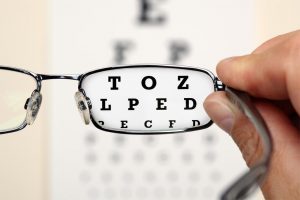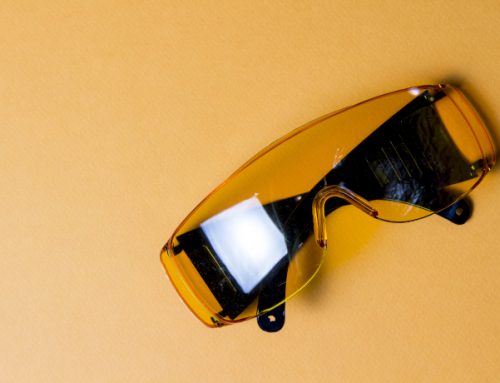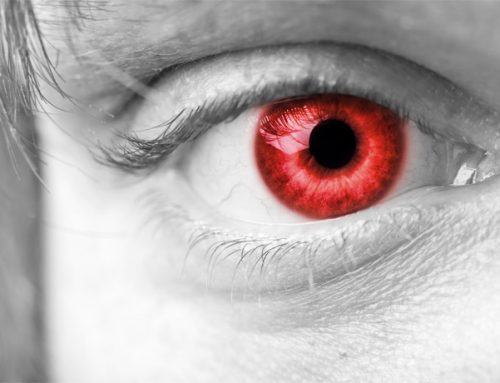Trifocal Lenses
What are trifocal lenses?
 In 1827, John Isaac Hawkins patented the Trifocal eyeglasses that have three different regions that correct for the following: distance, intermediate (arm’s length), and near vision.
In 1827, John Isaac Hawkins patented the Trifocal eyeglasses that have three different regions that correct for the following: distance, intermediate (arm’s length), and near vision.
People with advanced presbyopia who have been prescribed 2 diopters or more for reading, will typically be prescribed trifocals. Trifocals are similar to bifocals, but the trifocals have an additional intermediate section for intermediate vision. A trifocal wearer looks through the intermediate zone when viewing something between 18 and 24 inches away. The eyes gravitate straight ahead, or up and over the multifocal segments, when gazing at something in the distance.
Many people choose the line-free progressive lenses, but there are some advantages to conventional bifocal and trifocal lenses. Specifically, bifocal and trifocal lenses usually provide a wider lens area for reading and computer work over the progressive lenses. In addition, there are special-purpose bifocal and trifocal lens designs that are designed for specific tasks like computer work and other reading requirements.





